1. Howard Johnson’s
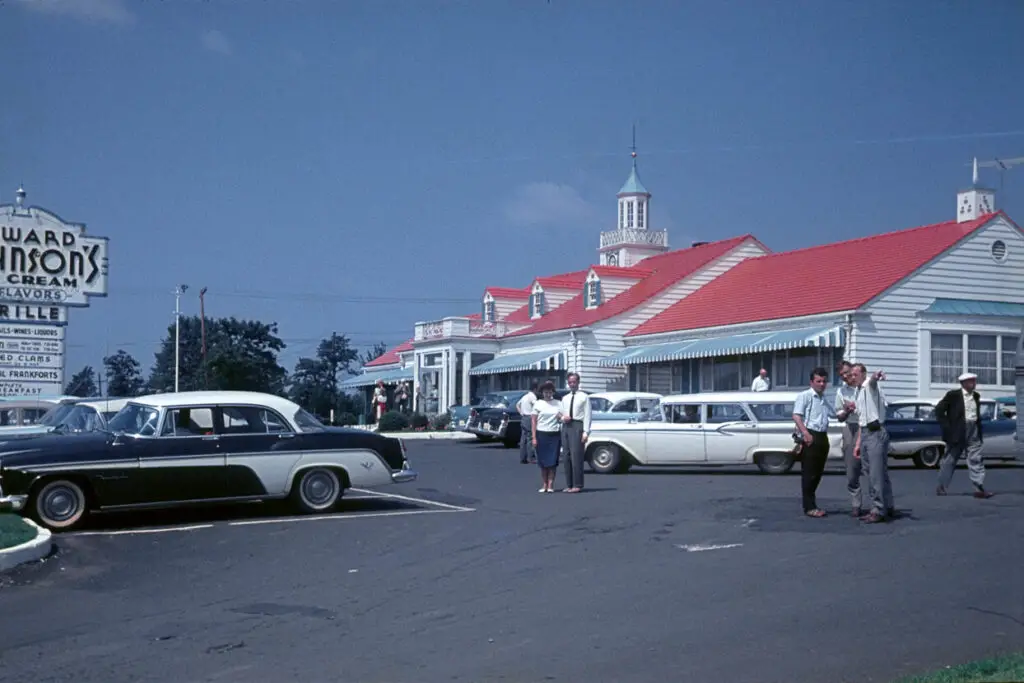
If you ever took a road trip in the ’60s or ’70s, chances are you stopped at a Howard Johnson’s. With its signature orange roof and 28 flavors of ice cream, it was more than just a restaurant, it was an American institution. Families loved it because it was predictable, affordable, and everywhere. At one point, it was the largest restaurant chain in the country shares MSN.
But as fast food giants took over, Howard Johnson’s slowly started to disappear. The menu began to feel dated, and the buildings themselves started to look stuck in time. By the early 2000s, only a few locations remained, and now it’s completely vanished. It’s hard to believe a place that once symbolized comfort and reliability could just fade away like that adds Yahoo.
2. Minnie Pearl’s Chicken
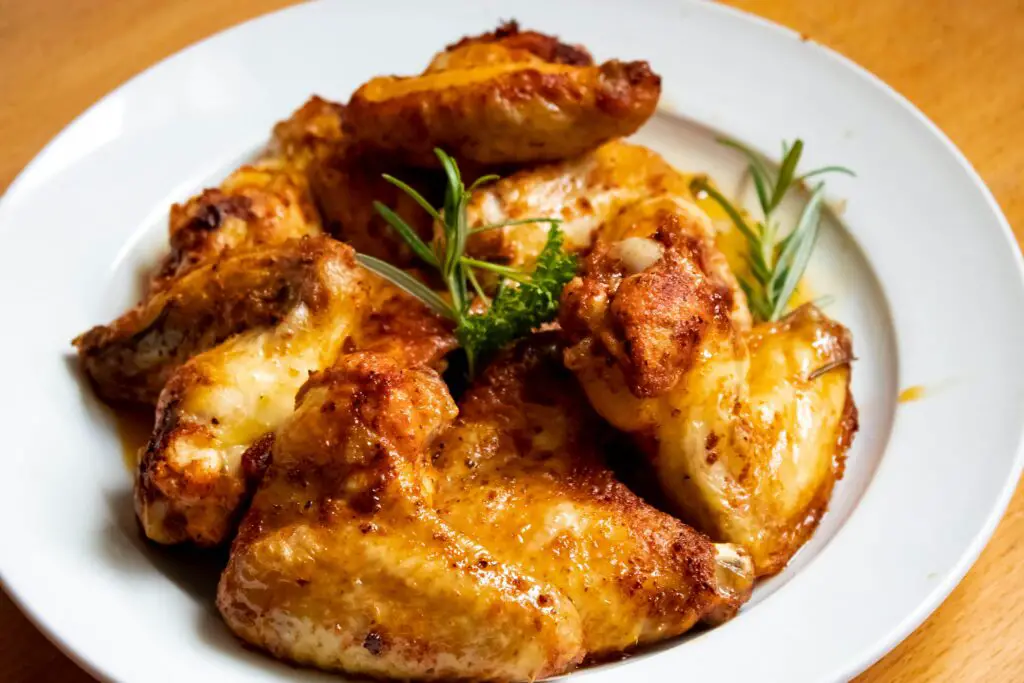
Named after the beloved country comedian, Minnie Pearl’s Chicken tried to ride the fried chicken wave in the late ’60s. The idea was to take on Colonel Sanders with some Southern charm and country-style marketing. At first, it seemed like it could work, with hundreds of franchises sold in a short span says Eat This Not That.
But behind the scenes, things were messy. The business model wasn’t solid, and poor management led to financial chaos. Within just a few years, the whole operation collapsed almost overnight. Now it’s a distant memory, unless you happen to spot an old sign collecting dust in someone’s garage shares Tasting Table.
3. White Tower
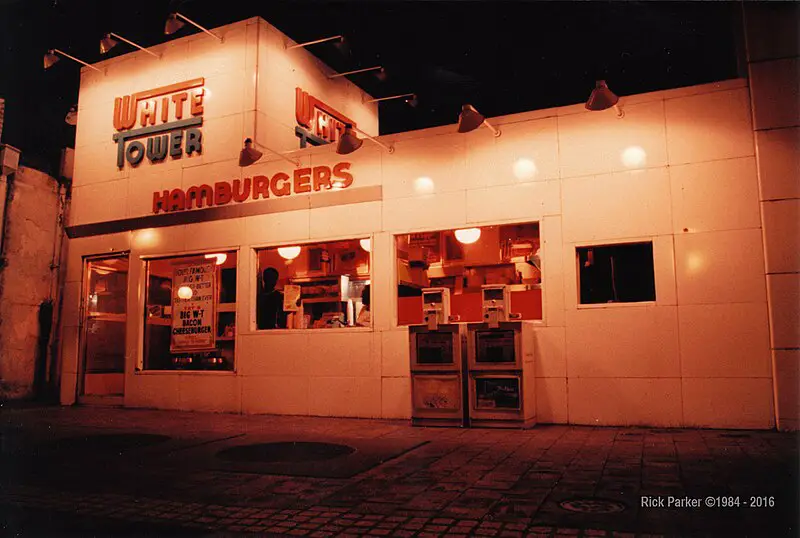
Often mistaken for White Castle, White Tower was its own chain with a similar aesthetic. It served up sliders and simple breakfasts, and its buildings were charmingly retro, with stainless steel and tower-like designs. Founded in the 1920s, it actually sued and got sued for its resemblance to White Castle, but both coexisted for decades.
Over time, though, the appeal faded, and so did the locations. Urban redevelopment pushed out many stores, and the brand never caught on outside its regional strongholds. By the 1990s, White Tower was nearly extinct. Today, it’s mostly remembered by nostalgia buffs and architecture lovers who miss its quirky look.
4. Sambo’s
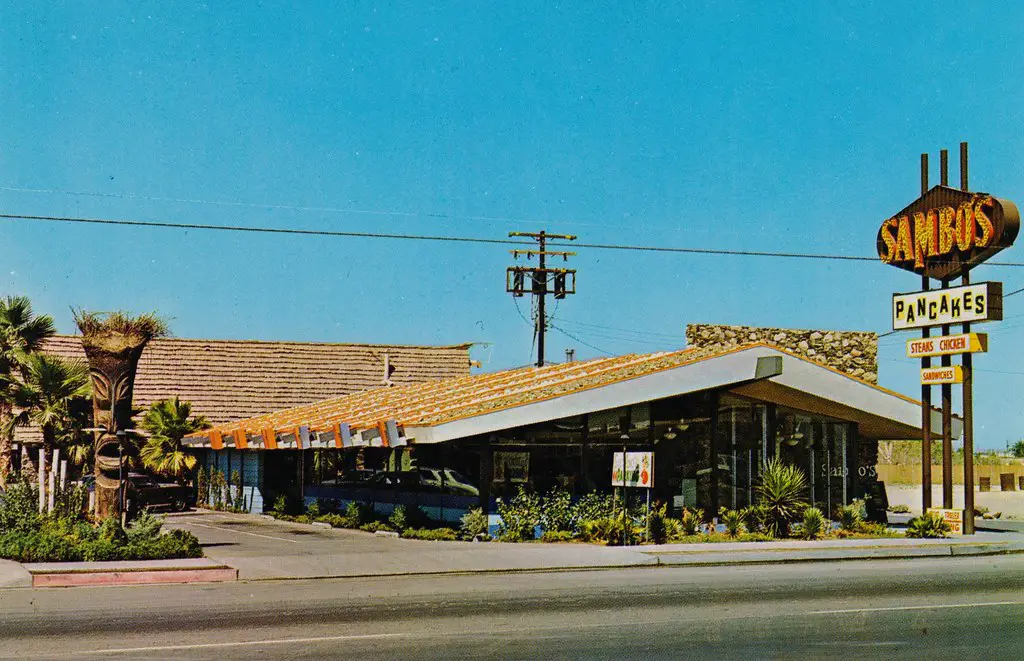
At its peak, Sambo’s had over 1,000 locations and a loyal customer base who came for the pancakes and diner-style comfort food. The name came from a children’s book and originally wasn’t meant to be offensive, but public perception changed. Protests and boycotts grew in the late ’70s and early ’80s.
Instead of rebranding like other chains, Sambo’s stuck with the name for too long. The controversy hurt business, and most stores either shut down or became independent diners. Today, only one original location remains, but it operates under a different name. It’s a striking example of how cultural awareness can change the restaurant landscape overnight.
5. Chi-Chi’s
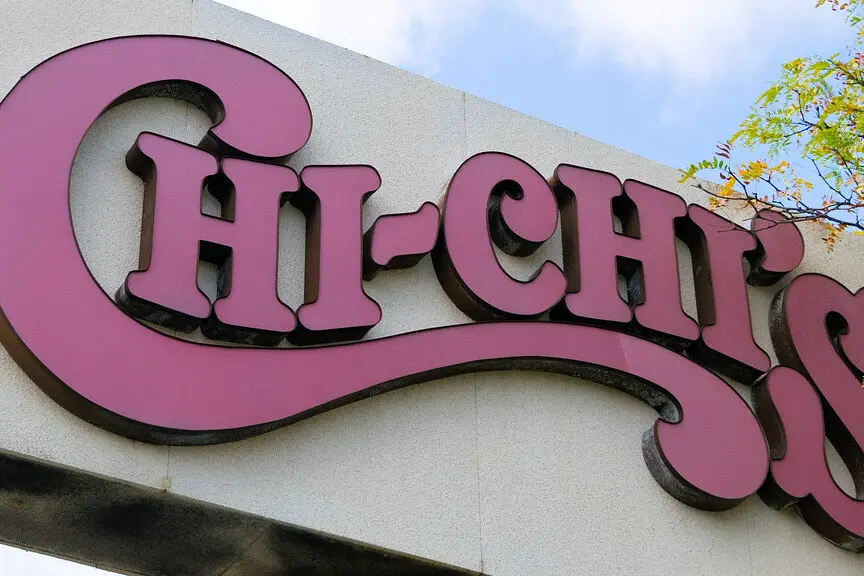
Chi-Chi’s brought Mexican-style food to suburban America with flair, big portions, and frozen margaritas. It was the place to go for birthday dinners or a fun Friday night with friends. At one point, it was one of the top Mexican chains in the U.S., with over 200 locations.
But a combination of changing tastes and a devastating hepatitis A outbreak in 2003 sealed its fate. The outbreak made national headlines, and lawsuits followed. Even though the food had a loyal following, the trust was gone. Now, it only exists in name overseas and in a few branded products at the grocery store.
6. Steak and Ale
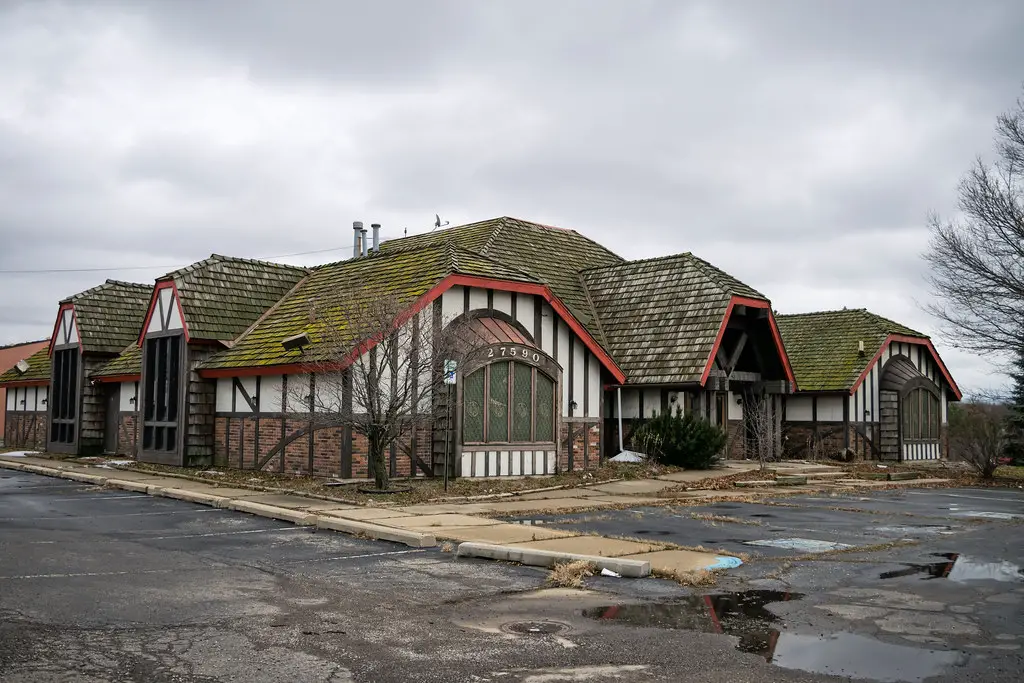
Steak and Ale was one of those places you went for a “fancy” meal without breaking the bank. With dim lighting, wood paneling, and a salad bar that seemed like the height of luxury, it was a popular spot for dates and celebrations. It offered affordable steak dinners at a time when that felt like a real splurge.
But as dining trends shifted and competitors modernized, Steak and Ale didn’t keep up. The brand filed for bankruptcy in 2008, and most locations quietly closed. There were occasional talks of a revival, but nothing ever stuck. For many, it’s one of those chains that disappeared before they even realized it was gone.
7. Red Barn
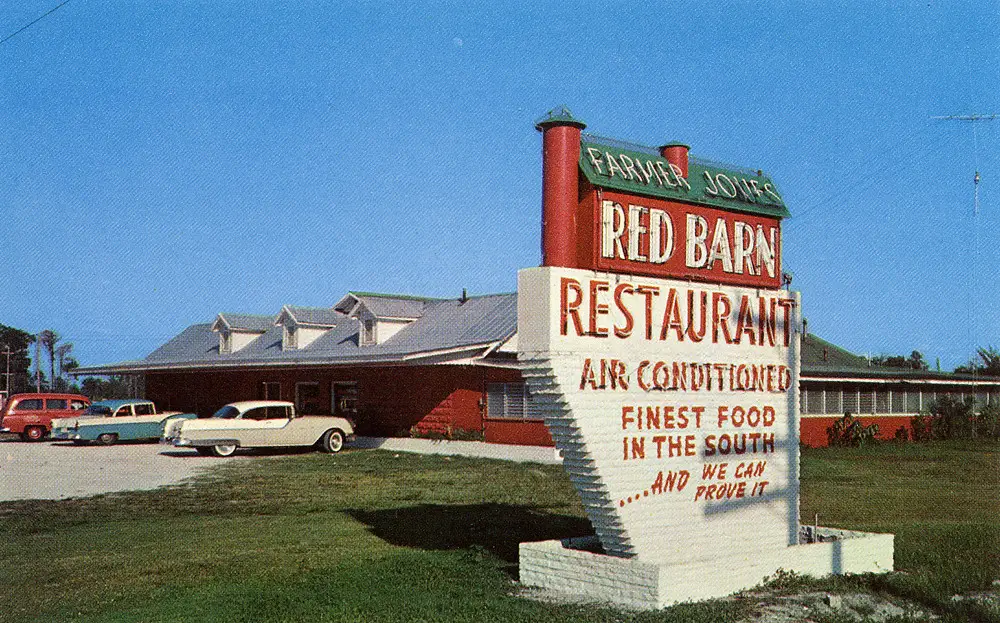
Red Barn restaurants were known for their barn-shaped buildings and unique menu items like the Big Barney. Kids loved it for the quirky commercials and colorful mascots, and adults appreciated the generous portions. It was never as big as McDonald’s, but it had a strong presence in the Midwest and Northeast.
Unfortunately, ownership changes and lack of marketing focus led to its slow demise. After being bought out in the late ’70s, the chain was gradually phased out. No one made a big announcement, it just sort of vanished. Some of the buildings are still standing, converted into local diners or shops, but the name is long gone.
8. Lum’s
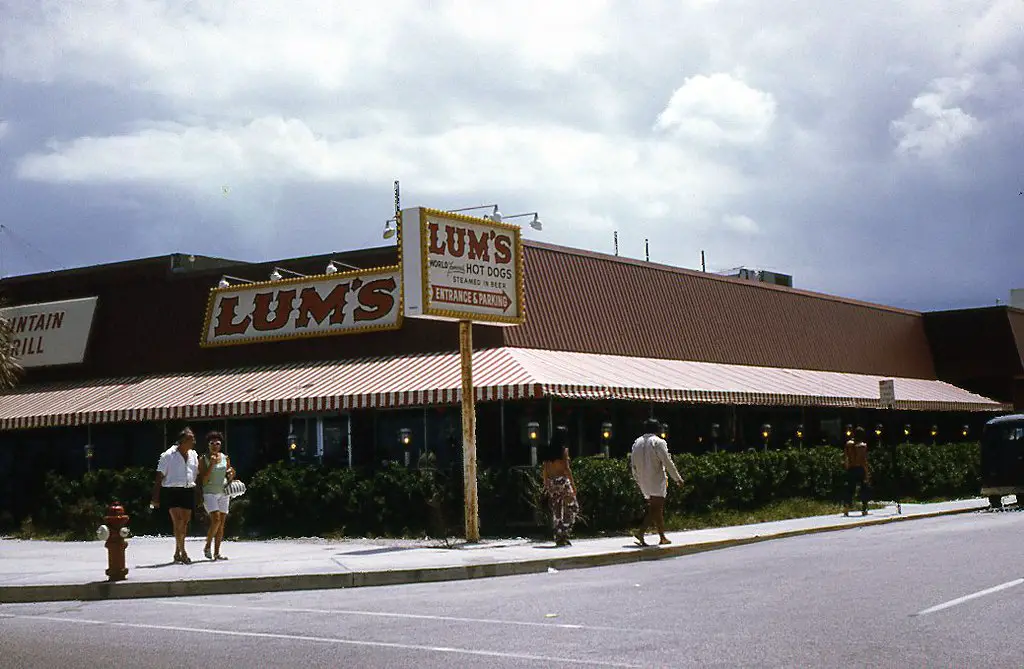
Lum’s was the kind of place where you could get a hot dog steamed in beer and wash it down with a frosty mug. Started in Florida, it expanded nationwide and even became the sponsor of the Miami Dolphins. It had a laid-back vibe and a menu full of quirky items that gave it a cult following.
But after it was bought by the owners of the Caesars Palace hotel, the focus shifted. Poor management and bad financial decisions pushed the chain into decline. By the early ’80s, it was nearly extinct, and no one really took over the concept. Today, it feels like one of those restaurants that slipped through the cracks of food history.
9. Gino’s Hamburgers
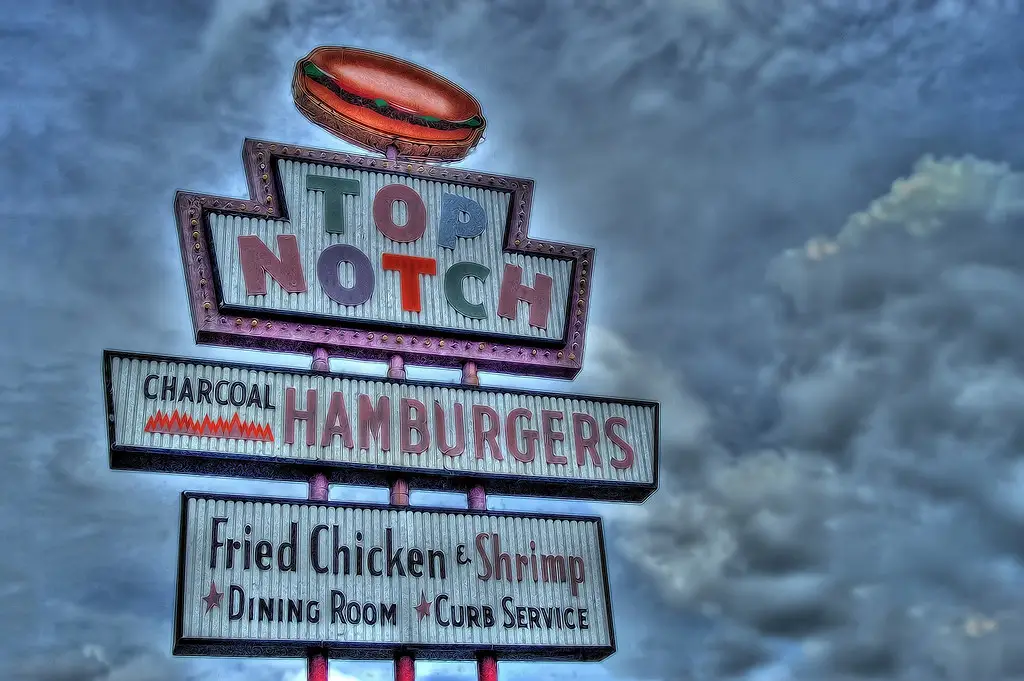
Gino’s Hamburgers was started by Baltimore Colts football player Gino Marchetti, which already gave it some star power. The chain was popular in the Mid-Atlantic and known for burgers, fried chicken, and a unique seasoning blend. Many locations even had a tie-in with Kentucky Fried Chicken under the same roof.
But by the ’80s, competition got fierce, and Marriott bought the company out. Most locations were turned into Roy Rogers restaurants, and the Gino’s name faded fast. A few nostalgic revivals have popped up in Maryland, but it’s not the same. For most people, Gino’s is just a memory of family dinners and football-themed menus.
10. Pup ‘N’ Taco

With a name like Pup ‘N’ Taco, it was bound to catch your attention. This West Coast chain served a curious combo of hot dogs, tacos, and pastrami sandwiches, all out of colorful drive-in-style buildings. It was quick, quirky, and surprisingly beloved during its heyday in the ’70s.
But when Taco Bell began dominating the market, Pup ‘N’ Taco couldn’t keep up. In 1984, most of the locations were sold to Taco Bell and converted. The rest slowly disappeared over time without much fanfare. It’s one of those chains that feels like a fever dream now, but for Southern Californians, it was once a local favorite.
11. Schrafft’s
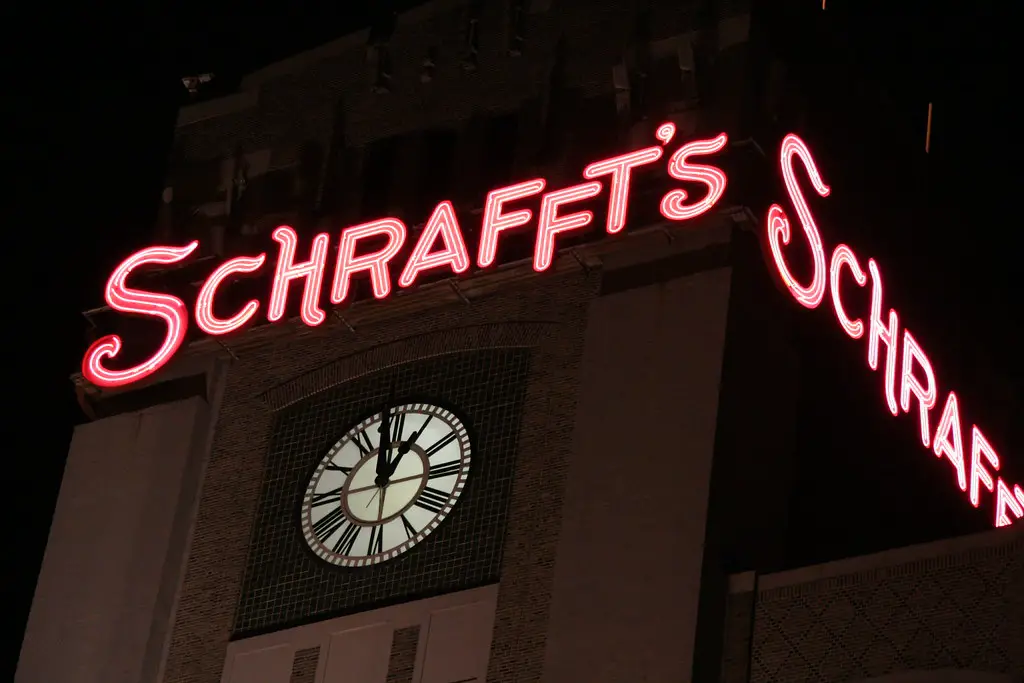
Schrafft’s started as a candy company and evolved into a chain of upscale lunch spots, mostly in New York and Boston. It was a favorite for ladies-who-lunch and had a certain elegant charm, offering everything from lobster thermidor to dainty desserts. In its prime, it represented a kind of pre-fast-food dining experience.
But tastes changed, and so did the pace of life. Schrafft’s couldn’t compete with the rise of fast casual dining or the explosion of ethnic cuisines. By the ’80s, most locations had quietly closed. It’s hard to imagine now, but Schrafft’s was once as recognizable as any chain restaurant today.
12. All-Star Café
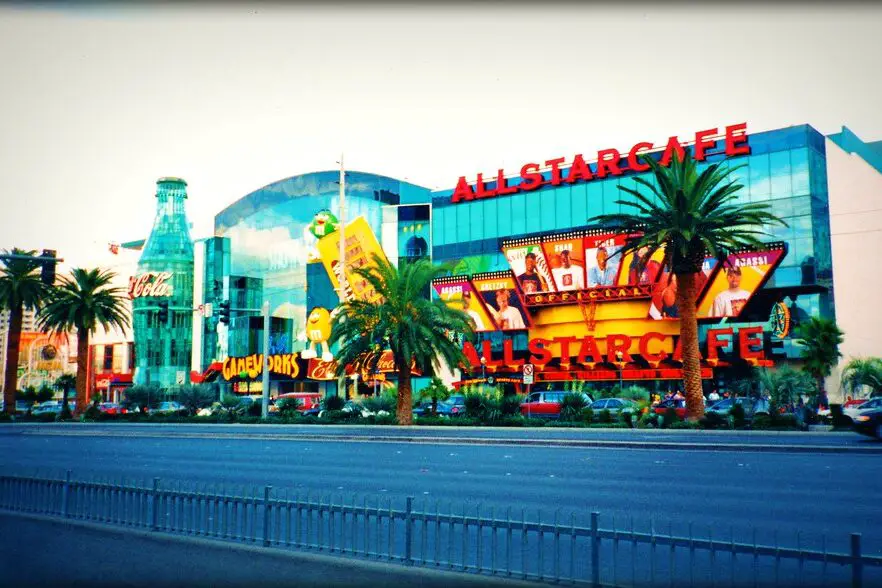
Created in the ’90s as a sports-themed restaurant backed by athletes like Shaquille O’Neal and Wayne Gretzky, All-Star Café was like Planet Hollywood for sports fans. It was loud, flashy, and full of memorabilia, and for a while, it was a hit with tourists and families. The flagship location in Times Square drew huge crowds.
But as the novelty wore off, so did the crowds. The food was mediocre and overpriced, and the sports gimmick just couldn’t keep people coming back. By the early 2000s, locations began closing quietly. Now it’s a footnote in the world of themed restaurants that shined bright and burned out fast.
